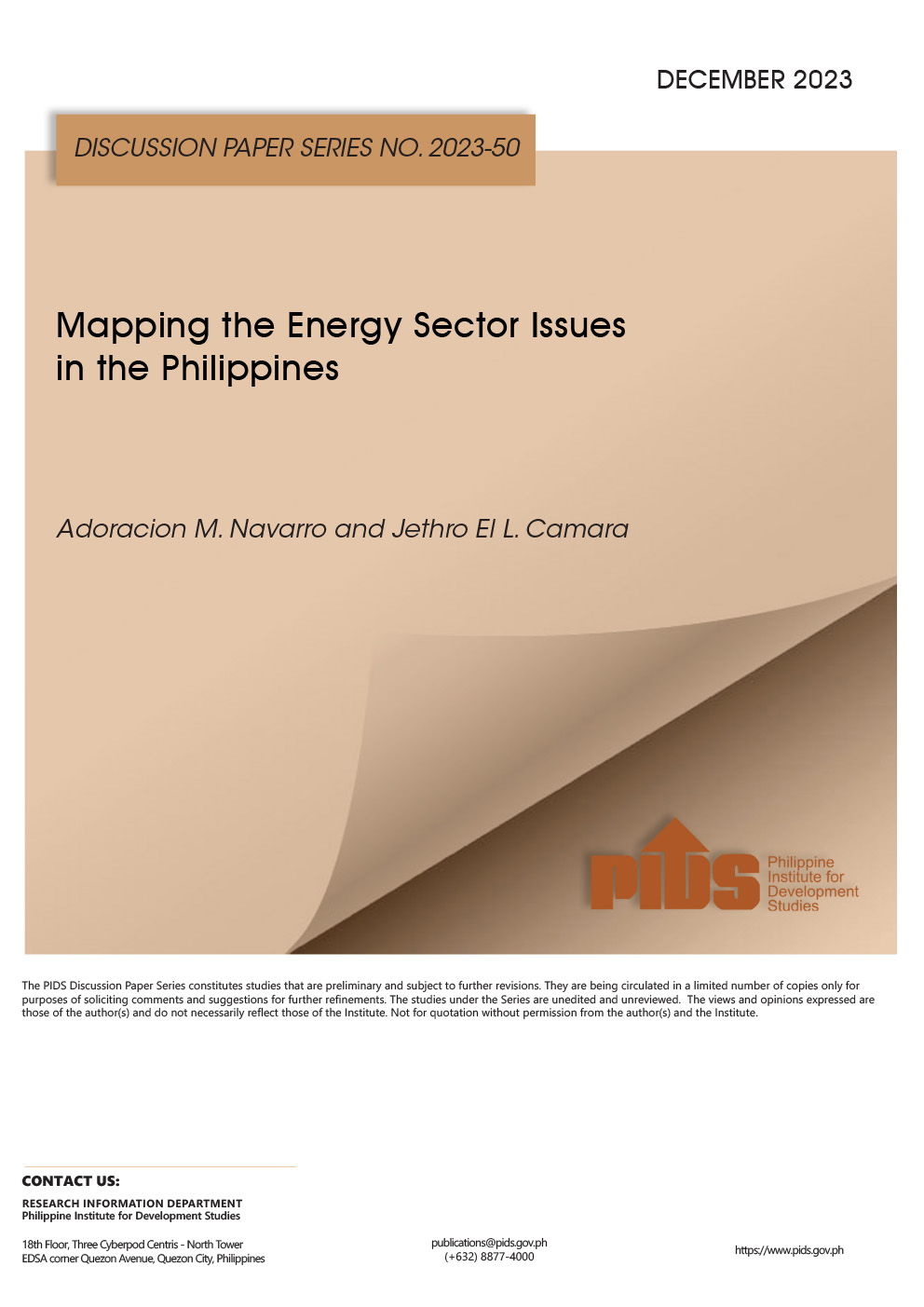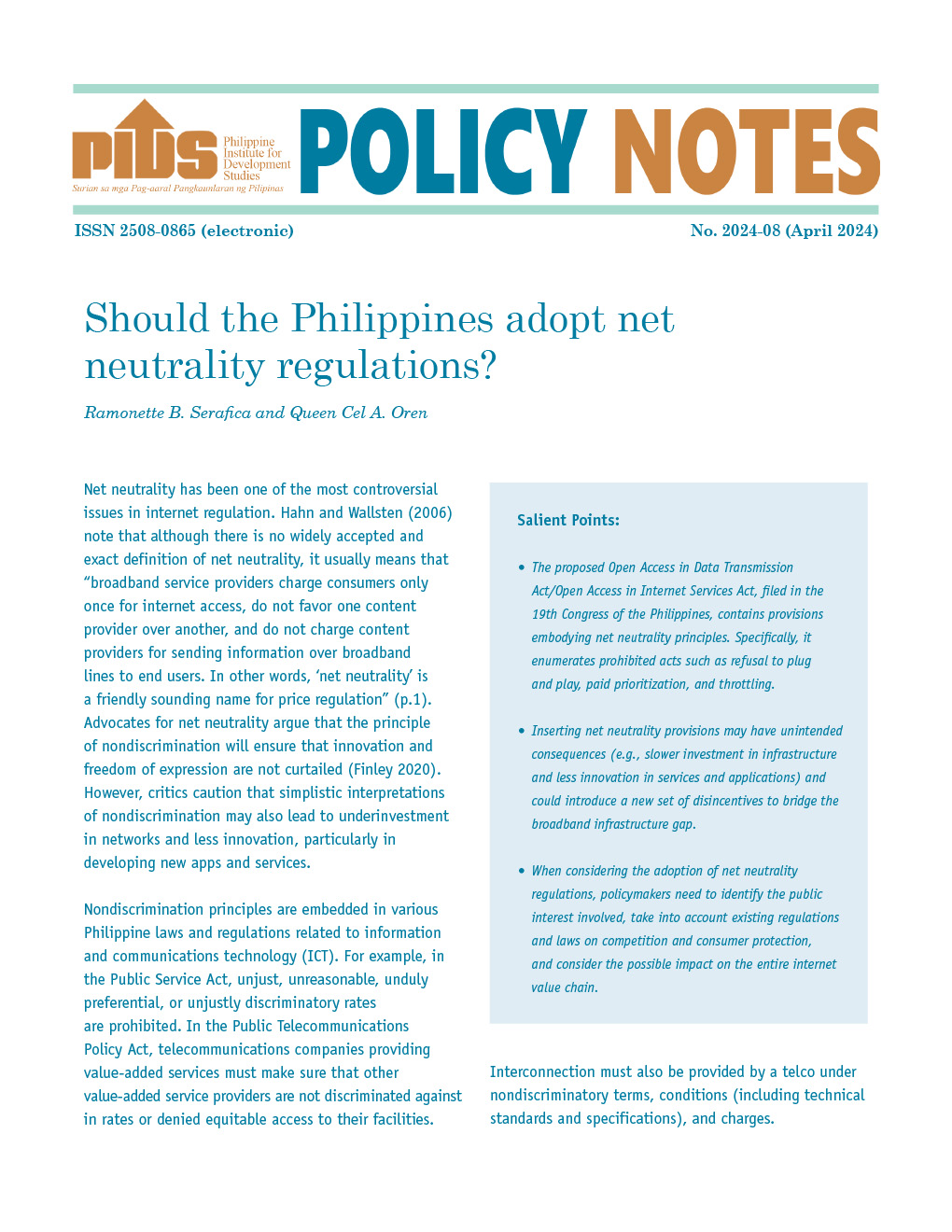The Philippine seaport system needs a more conducive environment and a national transport policy to allow ports to operate efficiently and compete regionally, according to maritime research.
While the country’s seaport system is “sufficient in quantity,” maritime research stressed that it is “generally lacking in quality.”
Citing Kris Francisco, a research fellow at the Philippine Institute for Development Studies, the Philippine Exporters Confederation Inc. (Philexport) said in a news statement issued on Wednesday, “The country has more international seaports than most of its neighbors in the Asean but trails others in international cargo throughput and shipping container volume.”
In a recent online presentation, Francisco said the Philippines, like Indonesia, has more ports than the rest of the Asean members because its archipelagic nature necessitates more water transport support.
In fact, the Philexport statement noted that based on the latest data, the country has over 1,800 ports consisting of fishing, feeder, and public and private commercial ports.
The research fellow said that despite this numerical superiority, the Philippines is “bested” by Singapore, Malaysia and Indonesia in international cargo volume, and bows to Singapore and Malaysia in container throughput.
“There are a lot of factors affecting the direction of trade but this just indicates that having more international seaports is not enough to attract maritime trade,” Francisco said.
Citing performance indicators for select Asean countries, the research fellow noted that Singapore and Malaysia could accommodate larger vessels compared to the rest. Moreover, the ports of Singapore and Thailand are more efficient with median times in port of only 0.7 day, although the Philippines is not far behind at one day.
On the ranking of Asean ports based on quality of port infrastructure and services, executives’ “perceived quality of ports in the Philippines is low,” with the country occupying the bottom rung of the Asean-6 group, Francisco noted.
Regarding port connectivity to global liner shipping networks—an important factor for benefiting from international maritime trade—the country also scored low while Singapore and Malaysia earned the highest points.
“There’s definitely a huge room for improvement if we want to maximize our chances of gaining more from international trade,” said the analyst.
Several issues and challenges constrain the sector from improving and catching up to the regional frontrunners.
Among these is that while there are enough seaports, most are underdeveloped with poor quality, capacity and service delivery, Francisco observed. The inadequacy of port infrastructure with its insufficient equipment and facilities is among the contributing factors for the high logistics and export costs in the country.
The increasing congestion at the port of Manila adds to the problem, as majority of shippers and shipping lines still prefer Manila over other ports outside the metropolis. Congestion is exacerbated by mismanagement of shipping containers, increasing cargo and passenger traffic, and lack of depot areas in the Greater Capital Region, the researcher said.
The conflicting roles of government agencies are another major deterrent to development, as it impacts port competition and drives rates upwards.
“Conflicting roles as operator, developer and regulator is unfavorable for the growth of the sector,” Francisco said. “There is a need to provide checks against influence of operational interests in the formulation of policy and regulations.”
The lack of nationwide coordination in port planning is likewise problematic, leading to the inefficiency of the national port network and imbalance in port investment, said Francisco.
She said the updated Philippine Development Plan 2017-2022 already includes an important legislative agenda in recognition of the strong need to address the water transport sector’s huge problems. The plan prescribes the enactments of the National Transport Policy (NTP), a law establishing independent regulatory bodies for the railway and maritime transport sectors, and another law establishing an independent body for transport safety and security.
“Water transport infrastructure has an undeniably crucial role in facilitating a balanced growth within the Philippine economy,” said Francisco, but pointed out, “Little attention has been given to providing a conductive institutional environment to allow ports to compete and operate efficiently.”
In the immediate term, the priority should be to implement the National Transport Policy to ensure coordinated planning and efficient functioning of the whole transport system. The NTP will streamline processes and regulations in the transport sector by creating independent regulatory bodies for seaports, airports and railways and separating operating, development and regulatory functions. Implementing this policy will resolve conflict of interest and other prevailing bottlenecks while improving the competitiveness of the sector, said Francisco.











